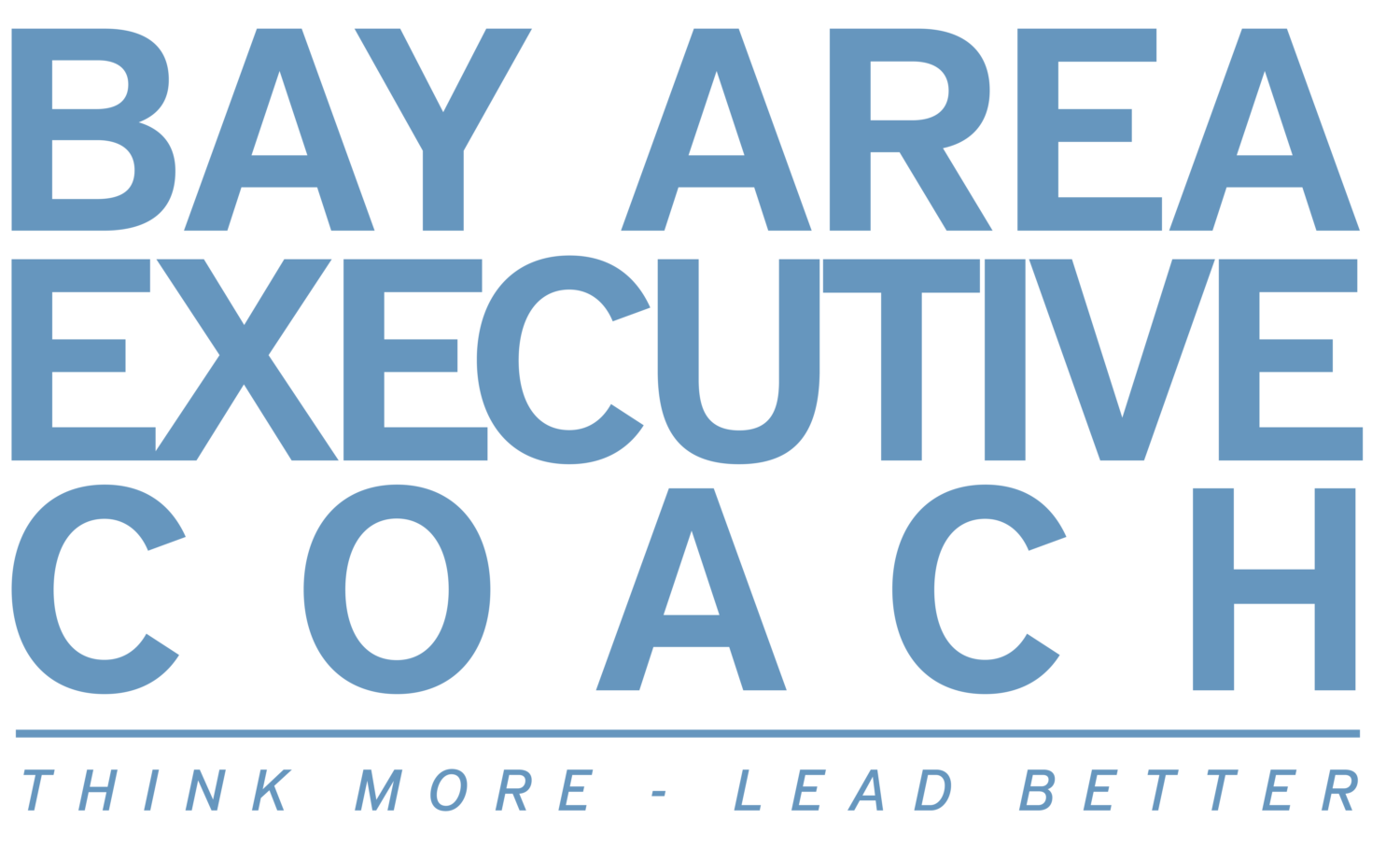Sales Exec Slows Down, Rebuilds Trust To Move Up
Summary
Jim (not his real name) was a stereotypical high-octane sales leader whose hard-charging style consistently made him among his company’s best closers and highest earners. But along the way he eroded trust with peers who were often challenged to fulfill the complex deals he’d put together. When an opportunity to promote Jim opened up, management realized that he needed to make visible changes to his style and approach before they’d feel comfortable giving him the nod. To effect these changes, management enrolled Jim in an executive coaching program led by head coach Michael Neuendorff. During the coaching sessions, Jim came to see for himself how his “full court press” approach to work was in fact holding him back. In essence, he had to step back in his managerial style and personal interaction approach in order to move forward. Once the coaching engagement ended, Jim’s hard driving approach was supplanted by a more patient, perceptive, and toned down approach that allowed his team to work at the levels most comfortable and effective for them. Jim found that people trusted him more and were more willing to collaborate with him. Jim’s new approach resulted in his getting the promotion to an executive sales role.
Full Case Study 
In a world where so much emphasis is placed on pushing hard to get ahead, it can come as a surprise to learn that slowing down is sometimes the best way for moving ahead.
That was the insight gained by a coaching client of ours who was promoted from a senior sales role to an executive sales role at his company. Here’s his story:
The Situation
Jim (not his real name) displayed all the behavioral characteristics of the stereotypical high-octane salesperson: passionate about success, pushy to the point of being aggressive – and sometimes annoying, workaholic disposition, persistent, persuasive, and never inclined to say no to a prospective client regardless of how onerous the demands were. These attributes served him well in the rough and tumble world of B2B sales, where Jim was consistently among his company’s best closers and highest earners.
Over several years, Jim compiled an enviable track record of success, but along the way he eroded trust with peers who had to bend over backwards repeatedly to fulfill the challenging deals he’d put together. This was becoming such a challenge internally that his leader wondered if Jim could get the internal support needed to move to an executive role.
While they wanted to promote Jim, they decided he first needed to make some visible changes to his style and approach before he’d get the nod. That’s when they simultaneously decided to enroll Jim in a leadership development program and find him an experienced executive coach with some background in sales. Our head coach, Michael Neuendorff, was selected to be Jim’s coach. Michael has a long history in sales and marketing and has trained and coached numerous salespeople over the years. Pairing that with his expertise in guiding clients to work on the blind spots holding them back from promotion was perfect in this case.
The Coaching
Our first step with Jim was to conduct a comprehensive CheckPoint 360 evaluation of his leadership style based on feedback from those above, beside, and below him in the company hierarchy. This was paired with a self-assessment and later some confidential 1:1 interviews. The data gathering exercises uncovered some eye-opening insights for Jim, including:

1) Most people didn’t appreciate his overly-aggressive style,
2) Jim had lost the trust of some of his colleagues,
3) Jim’s occasional micro-managing style with members of his team was counterproductive.
When confronted with this candid feedback, and what it revealed, Jim realized the hard-charging persona that served him so well was not going to work to get him to the next level. What could he do to correct the situation?
Our job as a coach is not to tell clients what to do, but to guide them towards finding their own solutions to problems. During our coaching sessions, Jim came to see for himself how his “full court press” approach to work was in fact holding him back. In essence, he had to step back in his managerial style and personal interaction approach in order to move forward.
“Stepping back” meant several things. Jim started thinking about how he reached out to other people, be it a colleague or team member. “Maybe I should just reach out one way instead of three or four,” he thought. “Maybe my persistent phone calls, instant messages, texts and emails are too much for people to handle. Maybe I should be less demanding of people and allow them more time to get back to me.”
Re-establishing trust with colleagues is difficult, but there are ways for doing so. After discussing this issue in coaching, Jim’s decision was to take a global business trip to meet in-person with people whose trust in him had been compromised. Sitting down over meals and engaging in relaxed conversation, Jim found that he could earnestly begin the process of rebuilding damaged relationships at the personal level.
Jim’s new style naturally engendered some skepticism from those who knew him over the years. It wasn’t so easy for others to believe that Jim truly was changing. Our counsel to him was to be patient and continue to present the new behaviors as consistently as he could, knowing he was in it for the long haul. We advised Jim: “Don’t deviate, don’t get fatigued, but remain patient and steadfast in exhibiting the new behaviors, with genuine belief they will work out.”
Another important realization that Jim achieved in coaching was that every deal isn’t a good one. Coaching helped him to reach the conclusion that it’s best to say “no” when deals aren’t good for the company as a whole. Prior to this realization, Jim had a reputation for saying yes to deals that were good for his numbers, but not necessarily good for the organization. So, when he started to align prospective deals with the strengths and capabilities of the company, he was looked at as more of a team player.
The Outcome 
Once the coaching engagement closed, Jim’s hard driving approach was supplanted by a more patient, perceptive, and relaxed approach that allowed his team to work at the levels most comfortable and effective for them. Jim found that people trusted him more and were more willing to collaborate with him.
Jim’s new approach resulted in his getting the promotion to an executive sales role. And instead of following up relentlessly with his staff, Jim now extends trust and gives more autonomy. Leveraging his experience as a coachee, Jim continues to develop himself and grow as a leader.
And on the most important level, leadership coaching helped Jim change and grow as a person. He became an active participant in adopting a healthier lifestyle to improve his quality of life outside of work. He found that doing so positively affected how he felt and performed as an executive. Jim discovered that he was much happier, and productive, when he installed healthier habits. For Jim, that was a real win.
•••
Are you seeing the details but missing out on the Big Picture? Are your limitations, known and unknown, holding you back in your professional or personal development? Maybe it’s time to take action.
Helping leaders succeed is a core service of our executive coaching practice. Use this link to schedule a complimentary meeting with one of our coaches. We provide services for individual leaders and teams to rise to their full potential.
Download this case study if you’d like a copy.
Photo copyright: Featured photo is from ©Frans van Heerden via Pexels.
